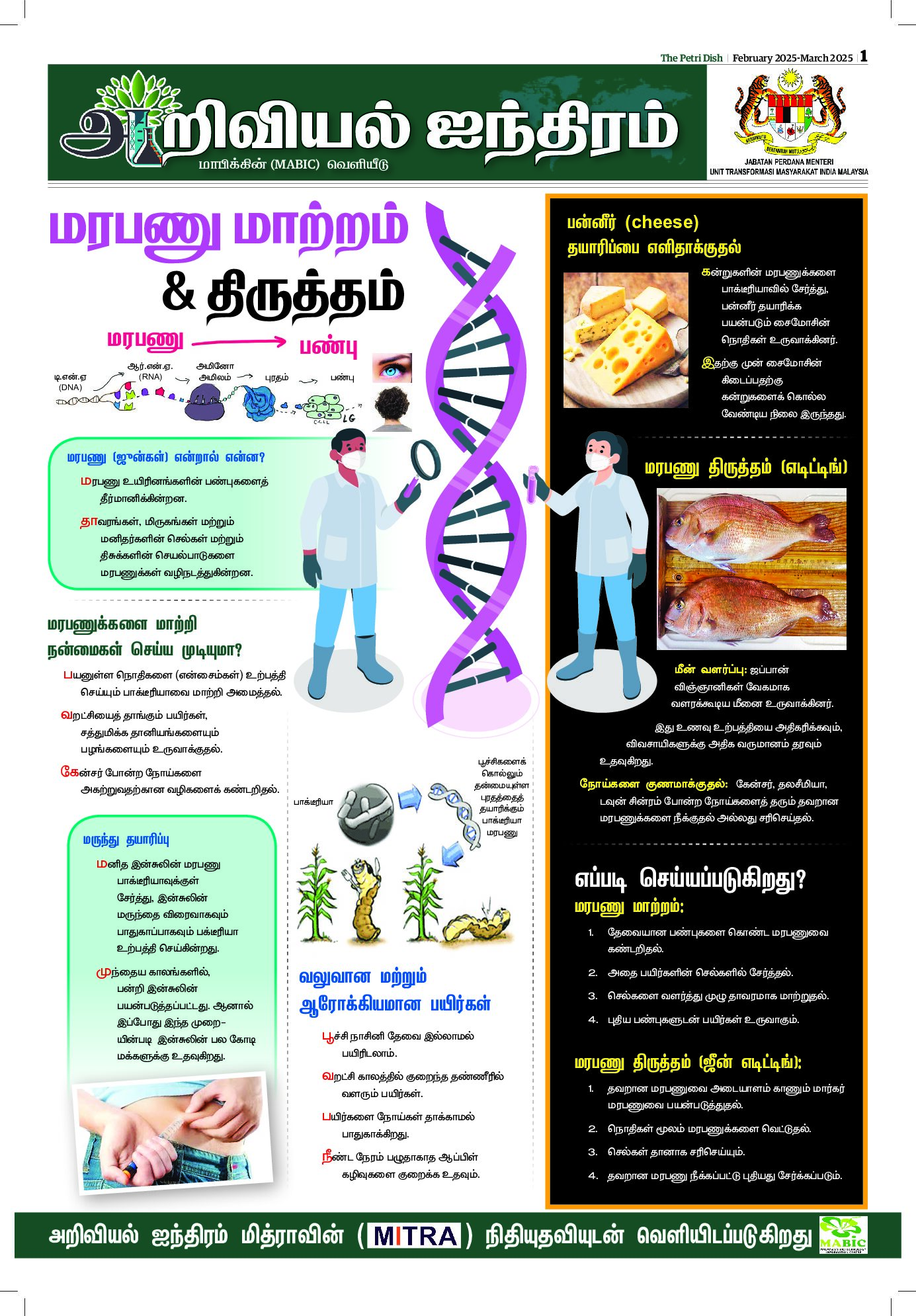RNA interference (RNAi) is an evolutionally highly conserved process of post transcriptional gene silencing (PTGs) by which double stranded RNA (ds RNA) causes sequence specific degradation of mRNA sequences.
RNAi is a biological process in which RNA molecules inhibit gene expression, typically by causing the destruction of specific mRNA molecules. RNAi technology is widely applied in gene knockdown, functional genomics, medicine and biotechnology field.
As the RNAi appears to have widespread application, it opens the door for biotechnology companies to identify patentable application in RNAi.
Instead of drug sales, RNAi generates income by leveraging intellectual property (IP). Patentable inventions in this area include molecular features, modifications that enhance compound efficacy and gene-specific RNAi targets, among others.
By licensing their inventions, companies can extract fees for use of their technology. As with any new invention, the patents are granted only for any pro-cesses and/or products which are deemed novel, non-obvious and industrially applicable. Meeting these criteria isn’t easy.
According to Angrist et al, more than 2,000 RNAi patent applications for new inventions have been filed with the US Patent and Trademark Office (USPTO) yet only a few patents have been issued.
The major patentability issues in RNAi are:
- Lack of adequate description to support broad claims
- Lack of disclosure of target site accessibility for the gene at issue
- Claim defines the invention in purely functional terms and lacks structural correlates;
- RNAi described only by function may lack adequate written description to enable a person skilled in art to reproduce the invention without further research.
How to overcome the patentability issues?
A key challenge for reviewers is to confirm that a given application doesn’t overlap with ‘prior art’, meaning previously dis-closed technology including published patent applications or granted patents.
Reviewers need to wade through the application and determine who filed the given invention first so that patentability rights can be granted to the right inventors.
The major patentability issues in RNAi can be resolved by:
- Narrowing the claims to iRNAs inhibiting expression of known nucleic acid encoding a protein with adequate written description;
- Tabulating analysis on what is shown in the specification and what was known to public about the various versions of the gene before the time of filing (analysis on prior art)
- Provide evidence to proof the said RNAi targets functionally correlate with targeting other versions of the gene. If more evidence is disclosed, possibly more aspects can be claimed.
As the issue of the patentability of genetic materials is under debate and in some countries these genetic materials are not considered patentable subject matter; they decline to grant patent protection to genetic sequences, considering them to be part of nature.
However, in many countries (e.g. the US and much of Europe) molecules such as RNA and DNA that have been isolated using a specific method and characterised according to their function and potential utility may be patented.
Recently, Australian Patent Office – Arrowhead Research Corporation [2016] APO 70 (13 October 2016) decided that in the case of gene-based pharmaceuticals, namely interfering RNA (iRNA) compositions; do represent patentable subject matter in Australia.
Previously iRNA compositions were considered patent ineligible, now this decision sets a significant legal precedent in relation to the patentability of the iRNA in Australia. In addition it provides important guidance in relation to the patentability of other gene-based inventions as well.
As RNAi research moves forward, a key question remains: how will iRNA compounds be delivered to their targets? Delivery methods leave the door open for more patents covering other advancement in iRNA technology. Hope this will help to improve the RNAi technology especially in medicine and biotechnology field for wellbeing of human.
The Authors
Kandiah is the Founder and Director of KASS International, an established intellectual property firm with offices in Malaysia, Singapore and Indonesia. Mr. Kandiah has vast experience in assisting local and international clients in obtaining patents, trademarks and industrial design rights on a global scale, and specialises in identifying patentable inventions, designing around patented technology, creating new products together with clients, and advising on the commercialisation of IP Rights, franchising and licensing strategies.
This article was co-authored with Sharrmila Palanyandy, Patent Executive at KASS International, who specialises in the drafting and prosecution of patent applications in fields relating to biotechnology and agro biotechnology, especially in the areas of cryopreservation, tissue culture and genetic engineering. For more information, visit www.kass.com.my or drop an e-mail to kass@kass.com.my.












